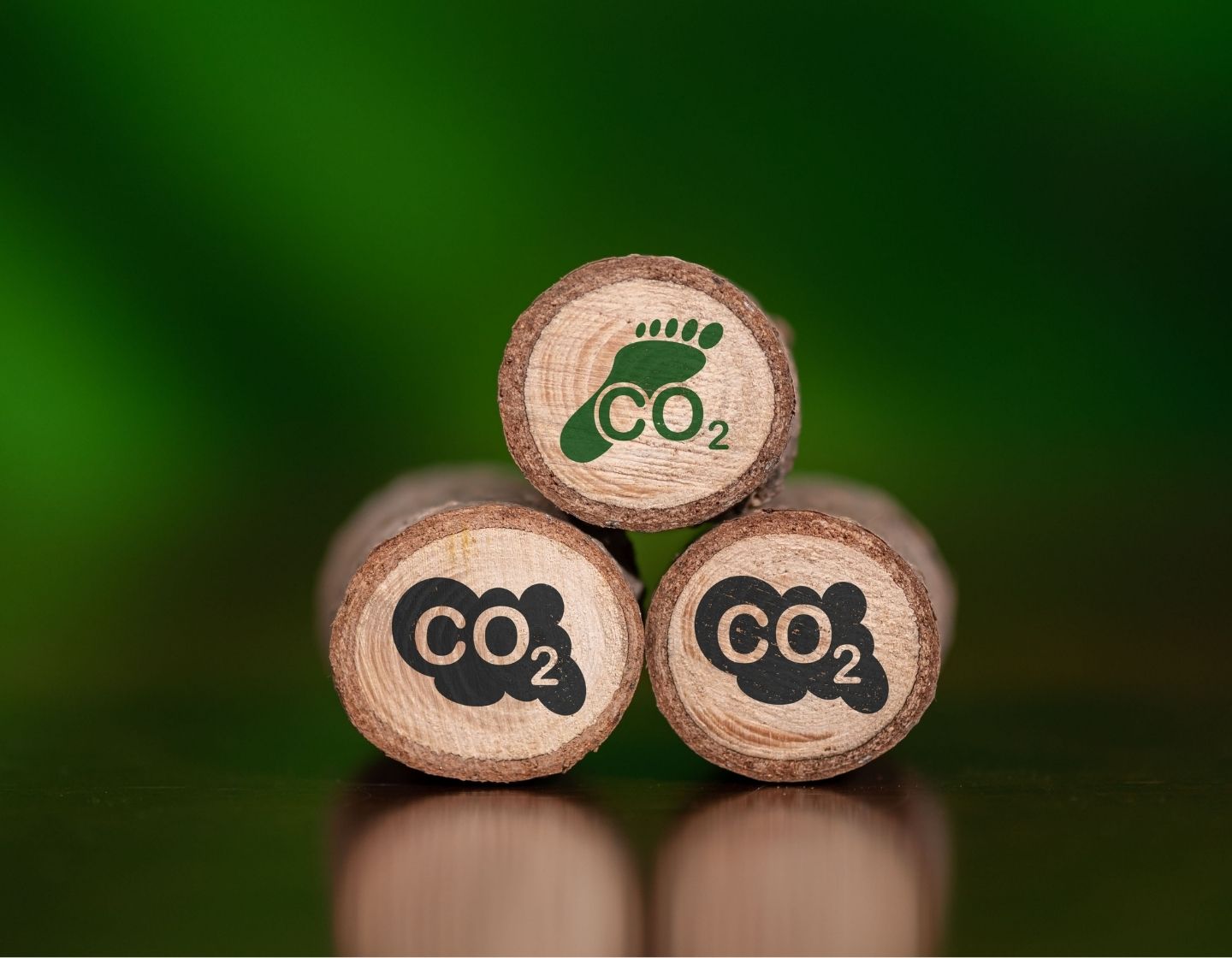Net Zero in a Nutshell
The Earth is warming fast because greenhouse gases are trapping heat and this is affecting our climate with potentially catastrophic results.
In a nutshell, net zero aims to counteract this life-threatening trend. It means we take steps to cutting CO2 and other greenhouse gas (GHG) emissions to as near to zero as feasible. At the same time, the remaining gases would be removed through natural reabsorption in forests and oceans.
According to UN data, the Earth is around 1.1 degrees C warmer than in the late 19th century, and emissions keep on increasing but we need to ensure that global temperatures do not rise above 1.5 degrees C to minimise the worst effects of climate change.
And to do that, we have to reduce the amount of GHGs we’re pumping into the atmosphere by 45% within eight years’ time. Going beyond 2030, the longer-term goal is to reach net zero emissions by 2050.
Governments and organisations pledged to limit global temperature increases to 1.5 degrees in the 2015 Paris Agreement. How are we doing so far? Not so great. The UN says that national climate plans of the 193 Parties to the agreement currently would mean an increase of almost 14% in global greenhouse gas emissions by 2030, compared to 2010 levels.

Reducing emissions
The UN urges the biggest emitters to significantly strengthen their Nationally Determined Contributions (NDCs) and “take bold, immediate steps towards reducing emissions now”. The Glasgow COP26 climate summit called on all countries to revisit and strengthen the 2030 targets in their NDCs by the end of 2022 to align with the Paris Agreement temperature goal.
At the same, the UN is backing the global Race to Zero campaign as a platform for companies, cities, regions, financial and educational institutions to take bold action that would reduce global emissions by 50% by 2030.
The UK government has produced a wide range of strategic climate-abatement documents under the overarching strategy outlined in the 2020 Ten Point Plan for a Green Industrial Revolution. Since publication of that document, the government has set out detailed plans for achieving climate goals in the Net Zero Strategy launched last October.
Allied to that are comprehensive strategies for all major sectors including the Transport Decarbonisation Plan, the Industrial Decarbonisation Strategy, the Heat and Buildings Strategy, along with policies for fuel supply, hydrogen, natural resources, waste, fluorinated gases and GHG removal.

Net Zero Strategy
The UK has decarbonised faster than any other G7 country, but more has to be achieved. The strategy advises that since 1990 the UK has reduced greenhouse gas emissions by 44%, while the economy grew by more than 75%.
The government points to the latest IPCC report “showing that if we fail to limit global warming to 1.5°C above pre-industrial levels, the floods and fires we have seen around the world this year will get more frequent and more fierce, crops will be more likely to fail, and sea levels will rise driving mass migration as millions are forced from their homes. Above 1.5 degrees C we risk reaching climatic tipping points like the melting of arctic permafrost – releasing millennia of stored greenhouse gases – meaning we could lose control of our climate for good.”
The UK Net Zero Strategy is guided by four key principles:
- Working with “the grain of consumer choice” – no forced actions.
- The biggest polluters will pay the most for transition through fair carbon pricing.
- The most vulnerable are protected through energy bill discounts, energy efficiency upgrades etc.
- Working with businesses to continue delivering deep cost reductions in low carbon technology.
The plan is for green transition over the next 30 years with an ambitious 2030 NDC. Many of the policies in the strategy will be phased in over the next decade or longer with policies and proposals to maintain progress on carbon budgets. Underpinning strategy is the Climate Change Act that breaks up the global heating challenge into five-year long carbon budgets.
There is a clear delivery pathway showing indicative emissions reductions across sectors to meet targets up to the sixth carbon budget (2033-2037) and build the momentum to achieve the net zero target by 2050.
The Net Zero Strategy has been submitted to the United Nations Framework Convention on Climate Change (UNFCCC) as the UK’s second Long-Term Low Greenhouse Gas Emission Development Strategy under the Paris Agreement.

Clean technologies
Central to the Net Zero Strategy is the commitment to stimulate multi-billion-pound investment in clean technologies that sharpen economic competitiveness. Policy plans and spending commitments are expected to unlock £90 billion of private sector investment in the years to 2030, creating around 444,000 jobs.
There is renewed focus on nuclear, carbon capture & storage (CCS), and hydrogen fuel projects, with plans to establish two zero-carbon industrial hubs, as well as increased funding for electric vehicle (EV) infrastructure, heat-pump installations, sustainable aviation fuels (SAFs), and natural carbon sinks.
The strategy advises:
“Overall, a successful and orderly transition for the economy could realise more benefits – improved resource efficiency for businesses, lower household costs, and wider health co-benefits – than an economy based on fossil fuel consumption.”

Energy crisis
The current energy crisis, which shows no signs of abating any time soon, has made the net zero transition less appealing to some sectors of the UK but at the same time underlines how crucial it is to end reliance on fossil-fuel energy that increases GHGs in the atmosphere.
For households reeling from the staggering surges in energy bills, investing in low-carbon technologies like heat pumps, while focusing on energy-saving, carbon-reducing actions like home insulation seem less achievable in the short term. But the government target is for 600,000 heat pumps to be installed every year by 2028.
And to maintain the net zero momentum, the government will have to invest billions in helping people make their homes more energy efficient, while finding fresh ways to encourage people to switch to EVs. The Committee for Climate Change targets indicate a rise in EV ownership from around 400,000 now (1% of all vehicles) to 23.2 million by 2032 (55%). The net zero target is 100%.

